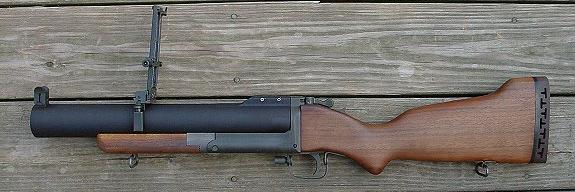Complete newbie here, and I just had some questions about fuels and operation before I start building. I had a Howitzer-style cannon several years ago, but it got dismantled due to disuse and inconvenience. We ran that one on Consort hairspray, and it worked well!
Anyway, lately I've rediscovered my fascination with spud guns, and this time, I was hoping to make something easy to handle that I could shoulder, with metal construction, and no moving parts. Essentially, just a tube with a stock and hand grip. I was hoping to use iron pipe from the hardware store for the barrel (I have a hard time trusting PVC).
If you want a picture of what I'm thinking, just imagine one of these, without the break barrel:

Here are my main concerns:
1) What should I fuel it with? I was thinking of using a liquid fuel such as isopropyl alcohol, a starter fluid, or Consort. I don't want to have to deal with gas tanks and stuff. Does alcohol really provide enough oomph to lob a spud effectively as something like hairspray? I'd love to use it since it's cheap and non-toxic, but I'd rather have range.
2) How should I fuel it? I'd really rather not have a cap to unscrew, or an injection port that could blow out (unless anyone knows a good way to make one of these). I was thinking of just squirting a given amount down to the bottom of the barrel (possibly with an atomizer), with no extra holes in the gun.
3) If I decided to go with a fuel like starter fluid or consort, I would end up adding the fuel, THEN the potato. Would the pressurization from the potato-loading likely cause explosion with any of these?
4) Is the idea of having a buttstock on the gun a big no-no? I don't really see anyone really using them.
5) Has anyone tried cyclohexane as a propellant? I've heard it lets out a really good bang.





